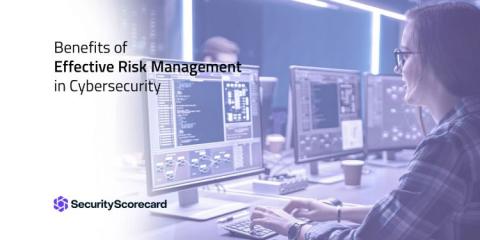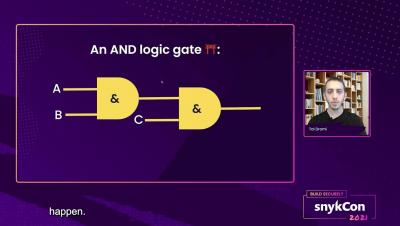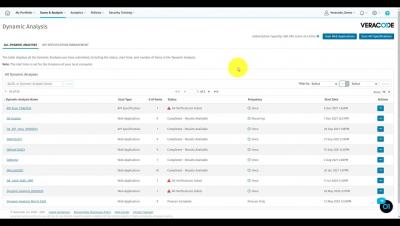Life moves fast. Cyber threats move even faster.
Our world is changing rapidly. More than ever, organizations are reliant on digital technologies to do business. Cyber threats continue to evolve as adversaries seek to exploit digital connections for financial gain. Today, SecurityScorecard has announced the acquisition of LIFARS, a global leader in digital forensics, incident response, ransomware mitigation and cyber resiliency services.











